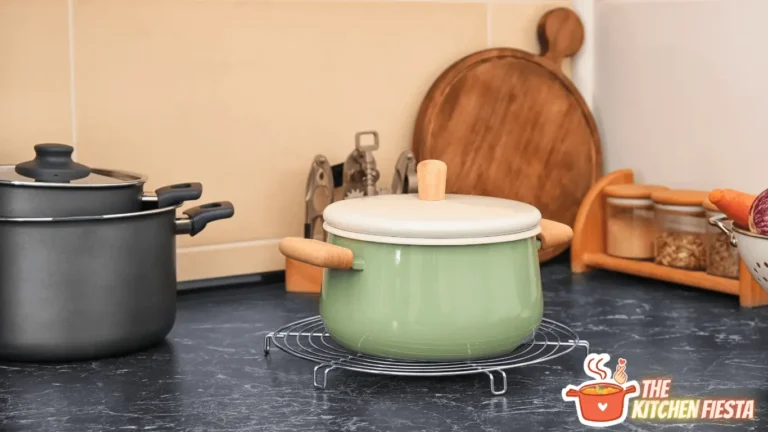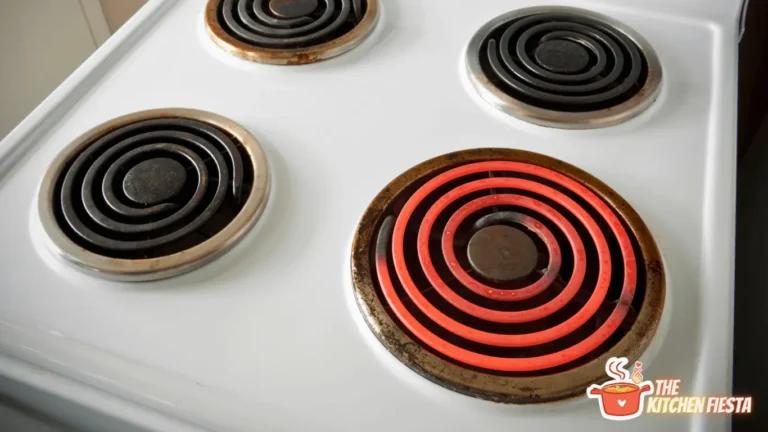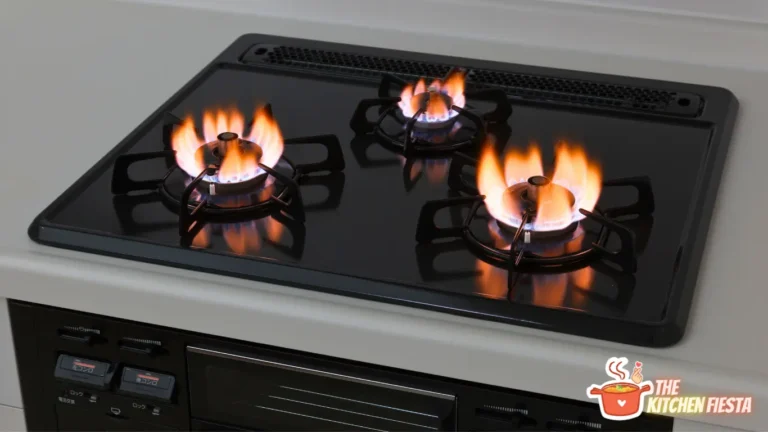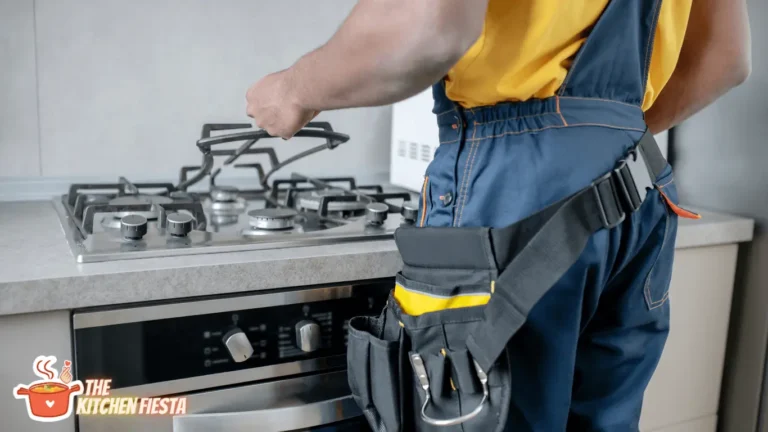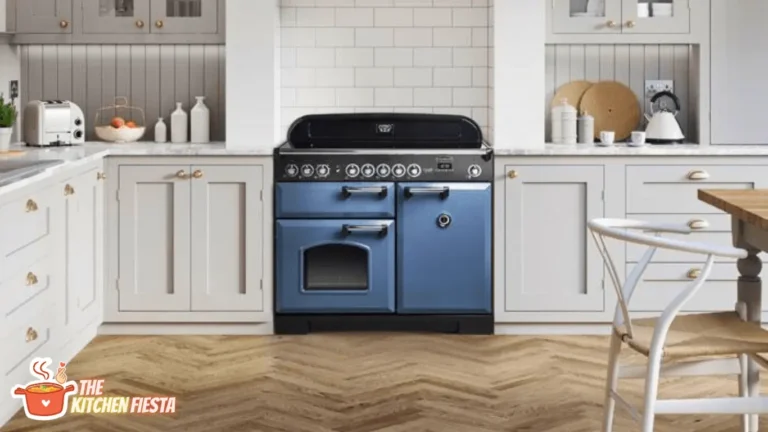How to Repair Your Electric Stove: A Comprehensive Guide
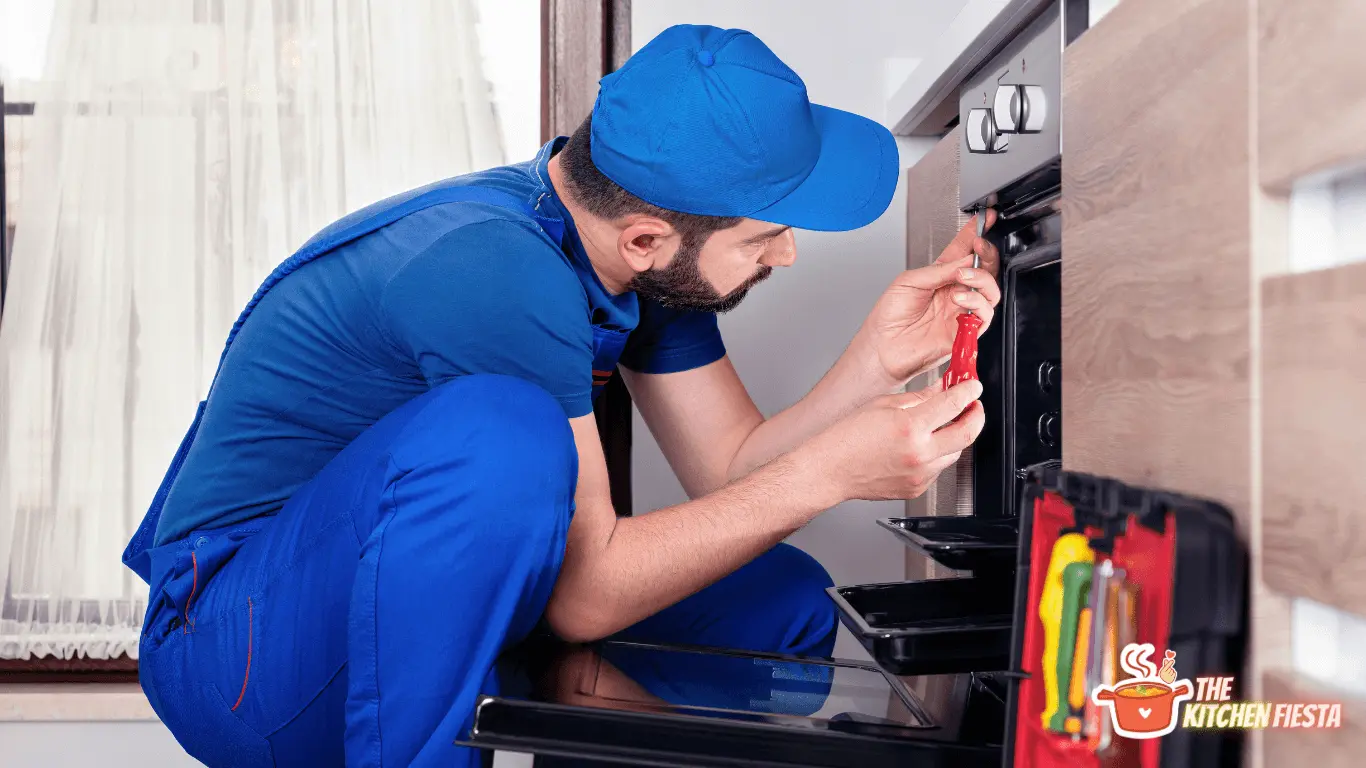
Electric stoves are a staple in most modern kitchens. They are easy to use, efficient, and reliable. However, electric stoves can develop problems over time like any other appliance. From burner elements that won’t turn on to power issues, there are a variety of problems that can arise. Fortunately, many of these issues can be easily repaired at home with the right tools and knowledge.
Repairing an electric stove may seem daunting initially, but it is fairly straightforward. The most common issues that arise with electric stoves are related to the burners or the power supply. Burner elements can become damaged or worn out over time, causing them to stop working or work improperly. Power issues can be caused by faulty wiring or a malfunctioning control panel. Most electric stove issues can be resolved quickly and easily by identifying the problem and following the appropriate repair steps.
In this article, we will provide step-by-step instructions on how to repair common electric stove problems. We will cover topics such as replacing burner elements, troubleshooting power issues, and repairing faulty wiring. Following our guide can save money on costly repairs and keep your electric stove running smoothly for years.
Understanding Electric Stove Components
Electric stoves have become an essential part of modern kitchens. They are convenient, easy to use, and efficient. However, like any other appliance, they can develop faults over time. Understanding the components of an electric stove is essential in identifying and fixing any issues that may arise.
1. Cooktop Elements
The cooktop elements are the heating elements that provide heat to the cookware on top of them. They are made of metal coils that heat up when electricity flows through them. The cooktop elements are controlled by knobs on the stove’s control panel.
2. Control Panel
The control panel is where the user interacts with the stove. It contains the knobs or buttons that control the cooktop elements and oven. The control panel also displays the temperature settings and other relevant information.
3. Oven
The oven is where the food is cooked. It is located below the cooktop and is accessed by opening the oven door. The oven has its heating element controlled by the control panel.
4. Drip Pan
The drip pan is located under the cooktop elements. It collects any spills or drips that may occur during cooking. The drip pan can be removed for cleaning.
5. Warming Drawer
Some electric stoves come with a warming drawer. The warming drawer is located below the oven and keeps food warm until it is ready to be served.
6. Limiter Switch
The limiter switch is a safety feature that prevents the cooktop elements from overheating. It is located under the cooktop and is connected to the cooktop elements. If the cooktop elements become too hot, the limiter switch will turn them off.
Safety Measures Before Repair
Before attempting to repair an electric stove, it is important to take certain safety measures to avoid accidents or hazards. Here are a few safety tips to keep in mind:
- Unplug the stove: Unplug the stove from the power source before starting any repair work. This will prevent any accidental electrocution or shock.
- Wear protective gear: Always wear protective gear such as gloves and safety glasses to protect yourself from sharp edges, broken parts, or electrical shocks.
- Keep the area clean: Ensure the area around the stove is clean and free from clutter or debris. This will prevent any accidents or tripping hazards.
- Read the manual: If you need to become more familiar with the stove’s manual, read it thoroughly before attempting any repairs. This will help you understand the stove’s components, wiring, and safety features.
- Avoid water: Do not use water to clean or repair any electrical components of the stove. Water can conduct electricity and cause electrocution or short-circuiting.
- Consult a professional: If you are unsure about any repairs or safety measures, it is best to consult a professional electrician or repair technician. Only attempt repairs that are within your skill level or expertise.
By following these safety measures, you can ensure a safe and successful repair of your electric stove.
Diagnosing the Problem
When an electric stove malfunctions, it can be frustrating and inconvenient. However, diagnosing the problem can be a straightforward process that can save you time and money. Here are some common issues to look for when your electric stove malfunctions.
Burner Not Heating
If a burner is not heating, it could be due to a faulty burner element, a damaged receptacle, or a defective infinite switch. To diagnose the problem, turn off the stove and unplug it from the power source. Remove the burner element and inspect it for signs of damage. If the element is damaged, replace it with a new one.
Next, check the receptacle where the burner element plugs in. If it is damaged or corroded, it may need to be replaced. Finally, test the infinite switch with a multimeter. If it is defective, it will need to be replaced.
Uneven Heating
If the stove is heating unevenly, it could be due to a faulty burner element, a damaged receptacle, or a defective infinite switch. Check the burner element for signs of damage and replace it if necessary. Inspect the receptacle for damage or corrosion, and replace it if needed.
Test the infinite switch with a multimeter to see if the burner element and receptacle are in good condition. If it is defective, it will need to be replaced.
The stove Not Turning On
If the stove is not turning on, it could be due to a tripped circuit breaker, a damaged power cord, or a faulty control board. Check the circuit breaker and reset it if necessary. Inspect the power cord for damage, and replace it if needed.
Test the control board with a multimeter to see if the circuit breaker and power cord are in good condition. If it is defective, it will need to be replaced.
Basic Repairs
When it comes to repairing an electric stove, a few basic repairs can be done without the help of a professional. This section will cover two of the most common repairs: replacing burner coils and fixing wiring issues.
Replacing Burner Coils
If a burner coil is not heating up or is heating unevenly, it may need to be replaced. Here are the steps to replace a burner coil:
- Turn off the power to the stove at the circuit breaker.
- Lift the burner coil up and pull it out of the socket.
- Place the new burner coil into the socket and make sure it is securely in place.
- Turn the power back on and test the burner coil to ensure it works properly.
It is important to note that burner coils come in different sizes and shapes, so purchasing the correct replacement coil for your stove is important.
Fixing Wiring Issues
If the stove is not getting power or the burners are not heating up, the wiring may have an issue. Here are the steps to fix wiring issues:
- Turn off the power to the stove at the circuit breaker.
- Remove the back panel of the stove to access the wiring.
- Check the wiring for any loose or damaged connections.
- If there are any loose connections, tighten them with pliers.
- If there are any damaged connections, replace them with new wiring.
- Replace the back panel of the stove.
- Turn the power back on and test the stove to ensure it works properly.
It is important to always turn off the power to the stove before working on any wiring to avoid electrical shock.
Homeowners can save money on professional repair services and keep their electric stoves working properly by following these basic repair steps.
Advanced Repairs
When basic repairs fail to fix the electric stove, it’s time to move on to advanced repairs. These repairs require more knowledge and skill but can save you money in the long run. Here are some advanced repairs that you can do yourself.
Replacing the Thermostat
If the oven isn’t heating up or too much, the thermostat may need to be replaced. Here’s how to do it:
- Turn off the power to the stove.
- Remove the screws that hold the back panel in place.
- Locate the thermostat and remove the wires connected to it.
- Remove the screws that hold the thermostat in place.
- Install the new thermostat and reconnect the wires.
- Replace the back panel and screws.
- Turn the power back on and test the oven.
Changing the Oven Element
If the oven isn’t heating up, the oven element may need to be replaced. Here’s how to do it:
- Turn off the power to the stove.
- Remove the screws that hold the back panel in place.
- Locate the oven element and remove the wires connected to it.
- Remove the screws that hold the element in place.
- Install the new element and reconnect the wires.
- Replace the back panel and screws.
- Turn the power back on and test the oven.
It’s important to note that some oven elements are held in place by clips instead of screws. In this case, gently pull the element from the clips and disconnect the wires.
Following these advanced repair steps can save money on repairs and keep your electric stove running smoothly. However, if you’re uncomfortable with these repairs, hiring a professional is always best.
When to Call a Professional?
While DIY enthusiasts can do many electric stove repairs, sometimes it is best to call a professional. Here are some situations where it is recommended to seek the help of a licensed electrician or appliance repair technician:
- Electricity issues: If there are any electrical problems with the stove, such as frequent tripping circuit breakers or fuses, it is important to call a professional. Messing with electrical components can be dangerous and even fatal if not handled properly.
- Gas leaks: If the stove runs on gas and there is a gas leak, it is crucial to call a professional immediately. Gas leaks can lead to explosions and fires, so it should not be taken lightly.
- Complex repairs: It is best to call a professional if the repair requires disassembling the stove or replacing complex parts. Attempting such repairs without proper knowledge and experience can damage the stove and lead to costly repairs or replacements.
- Warranty coverage: If the stove is still under warranty, attempting repairs yourself can void the warranty. It is best to call the manufacturer or a licensed repair technician to avoid any issues with warranty coverage.
- Lack of time or resources: If the repair requires specialized tools or skills that you do not possess, it may be more cost-effective to call a professional. Also, if you need more time to troubleshoot and repair the stove, calling a professional can save you time and hassle.
Conclusion
In conclusion, repairing an electric stove can be simple if one knows what to look for. The first step is to check the power source and circuit breaker to ensure they are working correctly. If they are fine, one should examine the heating elements, thermostats, and switches for faults or damages.
If the problem persists, it is advisable to seek assistance from a qualified technician specializing in electric appliance repairs. They can diagnose the issue and accurately estimate the repair cost.
It is essential to note that safety should always come first when dealing with electrical appliances. One should unplug the stove before proceeding with any repairs and ensure the circuit is completely shut off.
In summary, repairing an electric stove can be a straightforward process with the right tools and knowledge. However, if one is unsure what to do, seeking professional help is always the best option to ensure safety and prevent further damage to the appliance.
Frequently Asked Questions
How do I troubleshoot an electric stove that’s not working?
If your electric stove isn’t working, check if it’s properly plugged in, and the circuit breaker hasn’t tripped. If these things are in order, check the individual parts, such as the burners, switches, and wiring to see if they function correctly. If you need help troubleshooting these parts, consult a professional.
What are common issues with electric stoves, and how do I fix them?
Common issues with electric stoves include faulty burners, broken switches, and malfunctioning wiring. You may need to replace the faulty parts or repair the wiring to fix these issues. It’s important to consult the manufacturer’s instructions or a professional to ensure proper repair.
How do I replace a burner on an electric stove?
To replace a burner on an electric stove, first, unplug the stove and remove the old burner. Then, please insert the new burner into the socket and plug in the stove to ensure it’s working properly.
What are the steps to replace a glass top on an electric stove?
To replace a glass top on an electric stove, first, unplug the stove and remove the old glass top. Then, install the new glass top and secure it in place according to the manufacturer’s instructions.
Why does my electric stove burner stay on high, and how do I fix it?
If your electric stove burner stays on high, it may be due to a faulty switch or thermostat. You may need to replace the faulty part or adjust the thermostat settings to fix this issue.
What are the most common parts that must be replaced on an electric stove?
The most common parts that must be replaced on an electric stove include burners, switches, thermostats, and wiring. It’s important to consult the manufacturer’s instructions or a professional to ensure proper replacement.


